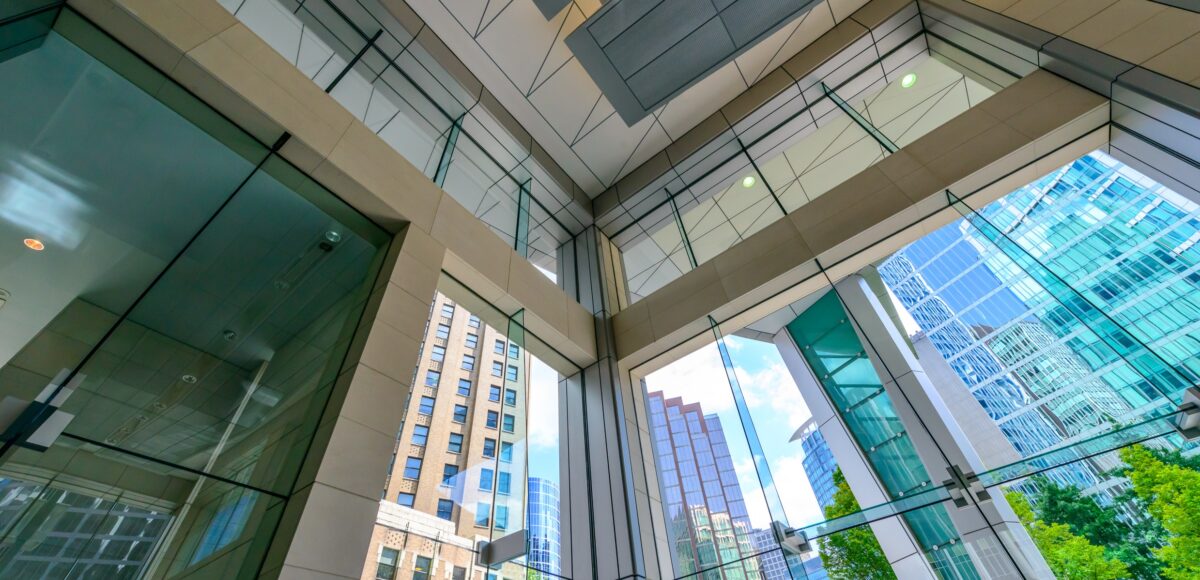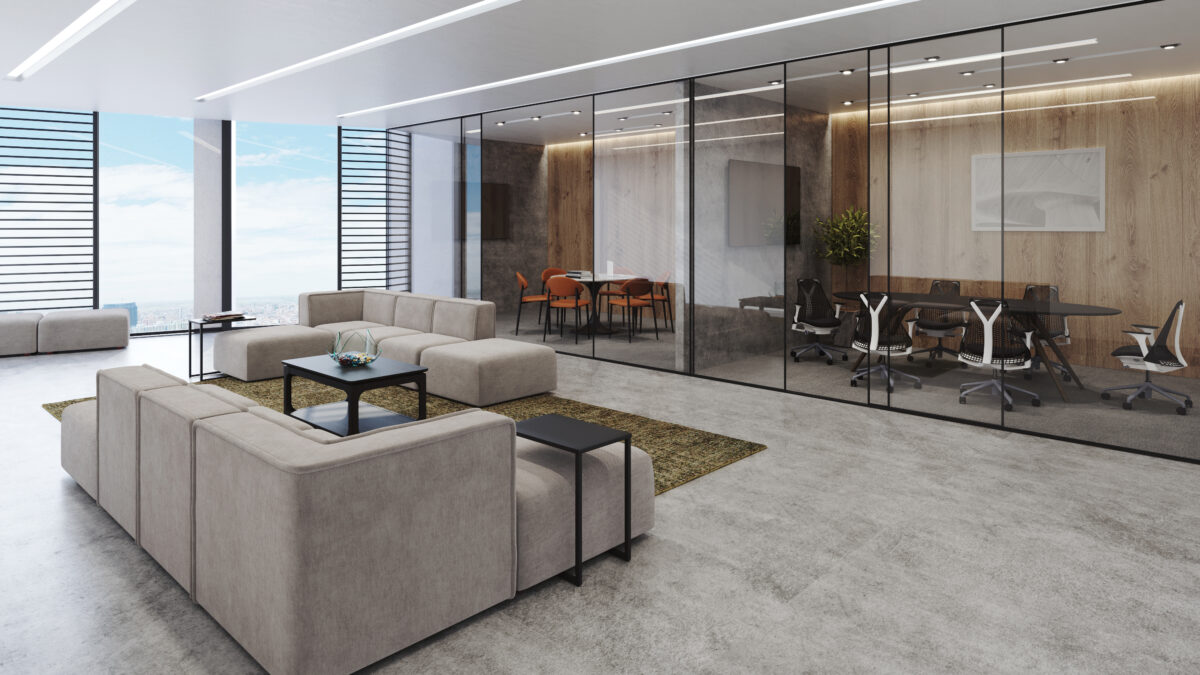Written by: Melanie Jones
The commercial real estate industry is constantly evolving, driven by changing workplace dynamics and the needs of modern occupiers. As a landlord, staying ahead of these trends and understanding the latest tactics for attracting potential occupiers is crucial.
In this article, we will explore some innovative strategies that can help landlords with creating dynamic workspaces that appeal to occupiers, foster collaboration, community, and connection for their employees, and ultimately drive occupancy rates.
Furnished Spec Suites
One effective tactic that has gained popularity in recent years is the creation of furnished spec suites. These are pre-designed and fully furnished office spaces that allow potential occupiers to envision themselves in the space without the need for extensive build-outs or renovations. By providing turnkey solutions, landlords can save occupiers both time and money, making their properties more attractive. Furnished spec suites offer a glimpse into the potential of the space, showcasing various configurations and demonstrating how the office can be optimized for collaboration, productivity, and employee well-being.
One effective tactic that has gained popularity in recent years is the creation of furnished spec suites. These are pre-designed and fully furnished office spaces that allow potential occupiers to envision themselves in the space without the need for extensive build-outs or renovations. By providing turnkey solutions, landlords can save occupiers both time and money, making their properties more attractive. Furnished spec suites offer a glimpse into the potential of the space, showcasing various configurations and demonstrating how the office can be optimized for collaboration, productivity, and employee well-being.
Collaboration Spaces
In the age of remote work and hybrid models, creating dedicated collaboration spaces within commercial properties has become essential. These spaces are designed to facilitate teamwork, brainstorming sessions, and impromptu meetings, fostering a sense of community and connection among employees. Landlords can transform underutilized areas into shared workspaces equipped with modern technology, comfortable furniture, and amenities such as whiteboards, projectors, and video conferencing facilities. By providing these collaborative environments, landlords demonstrate their commitment to enabling productivity and innovation for occupiers.
On-Demand Office Space Providers
Another trend gaining traction is partnering with innovative on-demand office space providers like Workbar. These providers partner with landlords to offer flexible workspaces on a short-term basis, allowing occupiers to easily scale their office needs up or down as their business demands change. By collaborating this way, landlords offer occupiers the flexibility to adapt to evolving workforce dynamics, such as remote work policies and fluctuating headcounts. This flexibility can be a significant selling point for potential occupiers looking for agile office solutions.
Customizable Design Options
Today’s occupiers increasingly seek spaces that can be customized to align with their brand, culture, and unique requirements. Landlords can cater to this demand by offering customizable design options, such as providing a range of finishes, materials, and layouts for tenants to choose from. This approach empowers occupiers to create an environment that reflects their identity and supports their specific work processes. By partnering with architects and designers who specialize in agile workplace design, landlords can position their properties as highly adaptable and appealing to occupiers seeking personalized office spaces.
Creating Dynamic Workspaces to Harness Flexibility
The commercial real estate industry is undergoing a significant transformation, driven by changing workplace dynamics and occupier expectations. As landlords strive to attract occupiers in today’s dynamic commercial real estate market, the need for flexible furniture solutions is crucial for creating dynamic, functional, and appealing work environments that resonate with occupiers. Partnering with organizations like CORT Furniture Rental empowers landlords to create the examples discussed in this article, while avoiding the pitfalls of owning furniture.
The cost of purchasing, maintaining, and storing a diverse range of furniture pieces can be substantial, not to mention the potential risk of furniture becoming outdated or incompatible with evolving design trends. This is where partnering with an organization like CORT Furniture Rental, an on-demand furniture solution, can offer significant advantages.
By collaborating with CORT, landlords can leverage their expertise in providing flexible furniture solutions tailored to occupiers’ needs. CORT offers a wide selection of high-quality furniture that can be easily rented on a short-term basis, allowing landlords to accommodate changing occupier demands without the burden of ownership. This approach eliminates the upfront costs and ongoing maintenance associated with owning furniture, providing landlords with a cost-effective and hassle-free solution.
As the industry continues to evolve, staying informed about these emerging strategies will be a key to success for landlords looking to differentiate their properties and create workplace environments that foster collaboration, community, and connection for occupiers.






